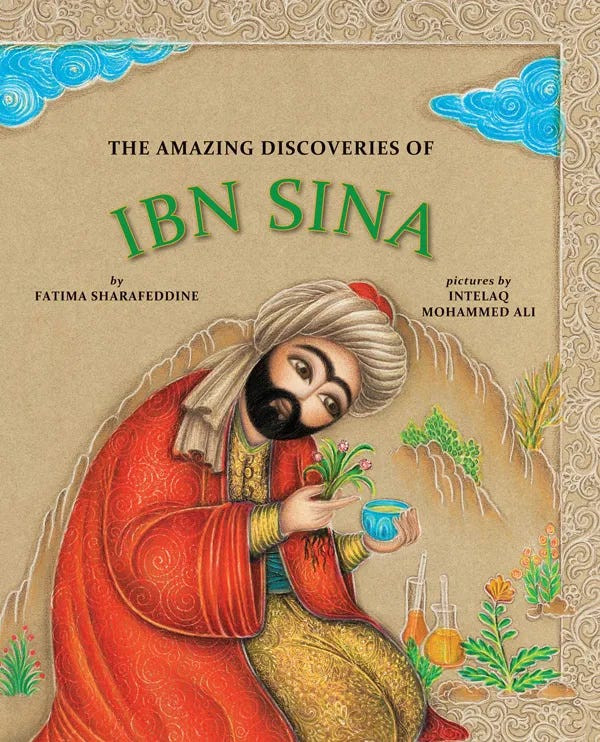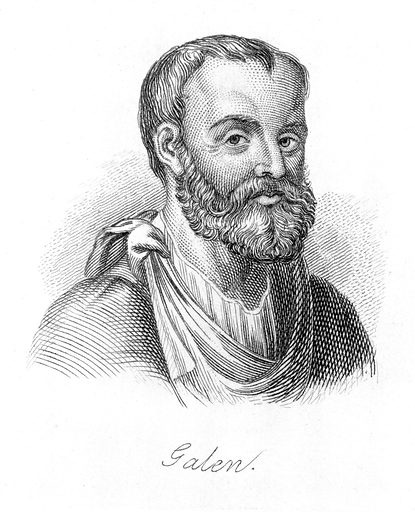What ancient medics and the Middle East can teach us about surviving menopause

Recently, through my work shaping content for a soon-to-open national museum in Abu Dhabi, I’ve come to learn about two seminal ancient works on health. Immediately I wondered how they addressed menopause.
Scholars believe Galen of Pergamon, a second-century Greek physician, surgeon and philosopher, wrote On Withering around 162 to 200 CE. In it, he builds on the work of Hippocrates and frames aging as the result of a natural cooling and drying of the body, which impacts its ability to function – hence, withering. In his mind, this was something that happened to all living things, including plants and animals. As we age, he explained, our inner warmth and moisture – symbols of vitality – diminish, and this leads to physical decline.
About 800 years later Ibn Sina came along. Born in Iran in 980 CE, the physician, philosopher and polymath published the Canon of Medicine . Originally five books, in Arabic, it integrated Greek, Roman, and Islamic medicine and along with the input of other Islamic scholars, shaped medical education across the Islamic world and Europe for hundreds of years.
How they talked about menopause

Neither Galen nor Ibn Sina had a word for menopause as we understand it today (that didn’t come until centuries later, when in the 1820s French physician Charles-Pierre-Louis de Gardanne reportedly coined the term la ménopause). But both wrote about the natural cessation of menstruation as part of a woman’s aging process, describing symptoms we now recognize as being part of the perimenopausal transition, including hot flashes, mood swings, sleep disturbances and dryness.
They explained these changes, as they did the rest of their work, through the lens of humoral theory – a belief that continues today in various modalities, including Traditional Arabic and Islamic Medicine. According to humoral theory, health is governed by the balance of four bodily fluids or “humors”: blood, phlegm, yellow and black bile. In youth, the body is warm and moist. With age, it becomes cooler and drier. And as the humors shift, so do our bodies – and minds.
An article in Aging and Medicine in 2013 described the important layering of theories that followed the Canon as: “a theoretical superstructure linking together the humours, the elements (air, earth, fire and water) and the four qualities (heat, coldness, moisture and dryness) that constituted the basis of life, its development, decline and end.”
Keep reading with a 7-day free trial
Subscribe to Hotflash inc to keep reading this post and get 7 days of free access to the full post archives.




